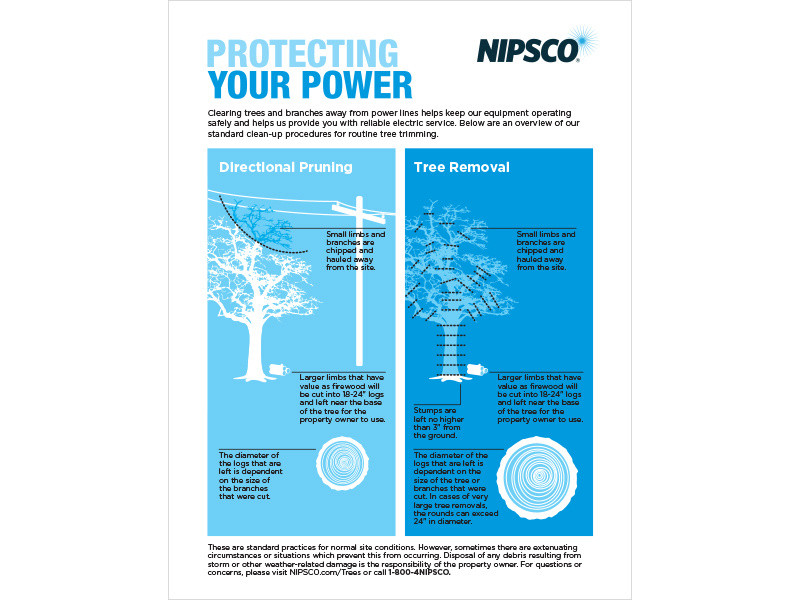The Eco-Friendly Perks Of Stump Grinding: A Responsible Method To Land Management
The Eco-Friendly Perks Of Stump Grinding: A Responsible Method To Land Management
Blog Article
Developed By-
When it pertains to land management, have you taken into consideration the lasting advantages of stump grinding? By resolving the residues left after tree elimination, this technique not just aids in dirt wellness improvement but also plays an essential duty in protecting against disintegration and supporting biodiversity. The environmental advantages of stump grinding prolong far past simple looks, using a sustainable remedy that harmonizes with nature's intricate systems.
Dirt Health And Wellness Renovation
Wanting to enhance the quality of your dirt? Stump grinding can be a game-changer for improving soil wellness on your residential or commercial property. By removing old tree stumps, you're producing area for brand-new development and allowing important nutrients to go back to the soil.
As the stumps break down in time, they launch raw material, enriching the soil and advertising better plant growth.
Additionally, go source grinding assists to aerate the soil, permitting better water seepage and origin advancement. Compressed dirt can impede plant development and water absorption, yet by grinding stumps, you're loosening up the soil and creating a healthier setting for your plants.
In addition, stump grinding can also assist to avoid parasite invasions and illness that old stumps might attract. By removing these potential risks, you're creating a more secure and a lot more effective landscape.
Erosion Prevention
To avoid soil erosion successfully, stump grinding plays an essential function in maintaining the security and stability of your land. By eliminating unattractive stumps from your property, you're likewise decreasing the danger of disintegration triggered by water runoff. Stump grinding removes challenges that can interrupt the natural circulation of water across your land, stopping soil erosion at the same time.
When stumps are left untouched, they can act as barriers to water circulation, triggering dirt to wash away during heavy rainfalls. This erosion not just damages your land but also adds to sedimentation in neighboring water bodies, harming water environments.
Stump grinding helps to stop these issues by leveling the ground and promoting correct water drainage, decreasing the likelihood of erosion.
Biodiversity Assistance
Maintaining healthy and balanced biodiversity on your land is important for producing a thriving ecosystem. By making use of stump grinding as a sustainable land management method, you can dramatically sustain biodiversity.
Stump grinding aids advertise biodiversity by producing new habitats for numerous plant and pet varieties. The removal of stumps enables the regeneration of native greenery, which in turn draws in a varied series of wild animals. Insects, birds, and tiny creatures flourish in these recently easily accessible locations, contributing to the overall biodiversity of your land.
In addition, stump grinding assists protect against the spread of diseases and bugs that can harm plant species, hence safeguarding the eco-friendly equilibrium on your property. By eliminating old stumps, you create space for brand-new plant growth, which improves the overall health and wellness of the ecosystem.
you could try this out sustains a broader selection of species, promoting biodiversity and creating a more durable community in the long-term. Embracing stump grinding as part of your land management approach can have long-term positive results on the biodiversity of your land.
Conclusion
By utilizing stump grinding as a lasting technique to land management, you can boost soil health and wellness, prevent disintegration, and support biodiversity. This environmentally friendly approach not just profits the community but likewise promotes the growth of greenery and produces environments for various plant and pet types. Make a positive effect on the environment by integrating stump grinding into your land management practices.
